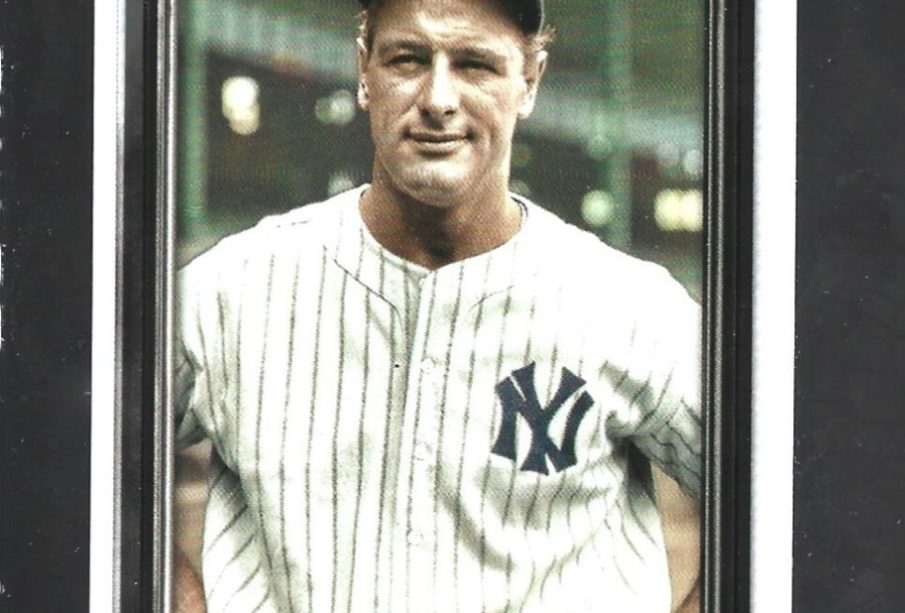The Life and Legacy of Lou Gehrig

Introduction
Lou Gehrig, often regarded as one of the greatest baseball players of all time, left an indelible mark on the sport and is a symbol of perseverance and courage. His impressive career with the New York Yankees from 1923 to 1939 not only brought numerous accolades but also brought awareness to the disease known as Amyotrophic Lateral Sclerosis (ALS), which has since been nicknamed “Lou Gehrig’s disease”. This article explores Gehrig’s extraordinary contributions to baseball and his lasting legacy.
Early Life and Baseball Career
Born on June 19, 1903, in New York City, Gehrig was raised in a working-class family. He excelled in sports at Columbia University, where his talent caught the attention of Yankees’ scout Paul Krichell. In 1923, Gehrig made his Major League Baseball debut with the Yankees. This marked the beginning of a storied career that would solidify his status in baseball history.
Gehrig quickly became known for his impressive performance on the field. He played in an astonishing 2,130 consecutive games, a record that stood for 56 years and highlighted his durability and commitment. Over his 17-year career, Gehrig amassed 1,995 runs batted in (RBIs), a .340 batting average, and was a two-time MVP and a seven-time All-Star. His signature swing and steady defense made him a fan favorite and a crucial part of the Yankees’ success during the late 1920s and 1930s.
Health Struggles and Legacy
In 1939, Gehrig’s career came to a drastic halt when he was diagnosed with ALS. His diagnosis shocked the world, and he famously delivered an emotional farewell speech at Yankee Stadium on July 4, 1939, stating he considered himself “the luckiest man on the face of the Earth.” His courageous battle against the disease raised awareness and inspired the establishment of the ALS Association, which works tirelessly to find a cure and support affected individuals.
Despite his untimely passing on June 2, 1941, Gehrig’s legacy lives on. He was posthumously inducted into the Baseball Hall of Fame in 1939, and numerous tributes have been made to honor his memory, including the tradition of ‘Lou Gehrig Day’ in Major League Baseball to recognize ALS.
Conclusion
The story of Lou Gehrig transcends baseball. He represents not only a celebrated athlete but also a figure of strength in the face of adversity. As the awareness surrounding ALS continues to grow, Gehrig’s legacy serves as a reminder of the importance of perseverance, compassion, and the continued fight against this devastating disease. His life and story encourage us to appreciate every moment and the power of the human spirit.









